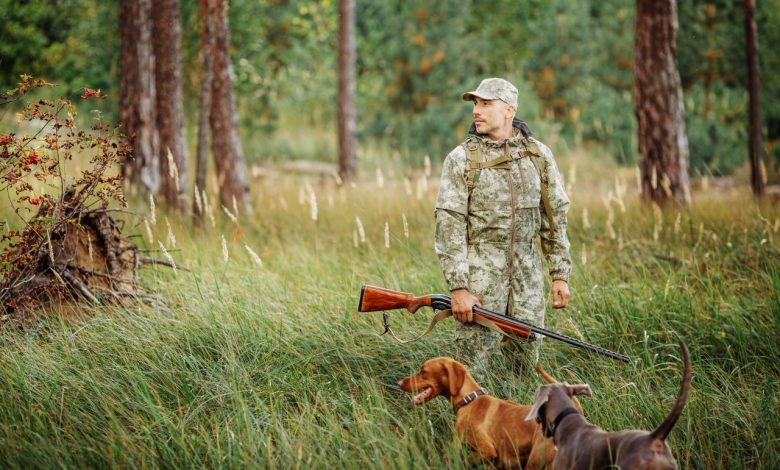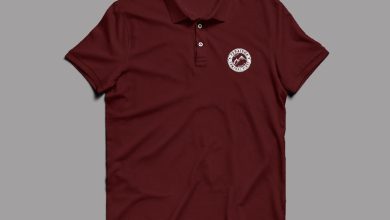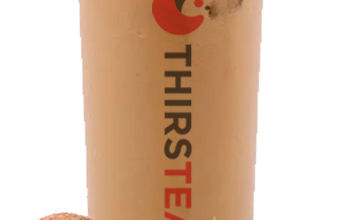Hunting clothing

Hunting outfit. It would seem that what could be unusual here? At first glance, everything is very simple – you need a suit of a dim color made of durable fabric, and also insulated in winter. At first I thought so too.
But hunting experience is not just the ability to navigate in the forest, shoot accurately and accurately determine the likely opening of an animal. This is a huge collection of all the knowledge and skills that ultimately determine the success of our hunting, fishing and outdoor trips. Versatile knowledge! This is how, at one time, my curiosity led me to the understanding that in autumn and winter, simple warm clothes are not enough. Why? Because, if we put it into sports language, during hunting or fishing we experience variable loads.
For example, running from one forest slope to another, even on a snow cover of medium thickness, you become, if not wet, then definitely damp. And then the wait for the rutting animal, and if there is still a northeast wind… The body cools down, a feeling of chilliness appears. But understanding without certain knowledge will remain understanding, nothing more. And knowledge appeared after receiving certain information about the so-called thermal underwear and the principles of dressing clothes in “layers”. On paper and in the illustrations, everything looks very beautiful, but until I tried it myself and was convinced that it all really works, I didn’t share my emotions and conclusions with anyone.
Let me start with the fact that the term hunting thermal underwear is not entirely accurate. It would be more correct to say functional underwear. Because it can be summer, winter or demi-season. Different tasks, different properties of clothing. In addition, some types of summer thermal underwear designed for warm weather are not designed to warm, but, on the contrary, to provide increased ventilation, protection from overheating and appropriate hygienic properties.
There are a lot of manufacturers. The main materials are polyester and polypropylene. Some models contain cotton for more comfortable wear. But such models, as a rule, are not designed for vigorous activity. I have one such kit for low-impact activities – just right. But if you move your legs faster, as they say, it becomes uncomfortable, the underwear does not have time to remove excess moisture, and it takes longer to dry.
On the packaging, usually in symbols or pictures, the manufacturer indicates in which types of outdoor activities this model shows its qualities best. The main task of functional underwear is to remove moisture from the surface of the skin. Transfer to other layers of clothing. Which gives you a feeling of comfort, so even if you feel that your back is wet, after just 10–15 minutes this feeling disappears.
Because moisture does not accumulate in the fabric, but is located in the interfiber space, and from there it evaporates into the next layer of clothing.
To the question: why is functional underwear better than ordinary underwear? I will answer this way: everyone! Besides the price. But when purchasing such things, first of all, you pay money for technologies that, all other things being equal, allow you to get tired less and maintain an optimal thermal balance of the body at low temperatures, if we are talking about demi-season clothing. You just have to try it once, feel it, and then any doubt about its effectiveness will disappear forever.
The second layer of clothing is sweaters, vests, everything that is under outerwear. The main purpose is to further remove moisture into the third layer and preserve body heat. The most widely used clothing in tourism is fleece and polartek.
The main advantages of these materials are their lightness, the ability to transmit moisture from the body, which is called “breathing” fabric, the ability to retain body heat and a certain level of comfort even when wet. Fleece, or more precisely, clothing made from this material is cheaper than Polartek. In terms of the totality of their properties, clothing made from Polartek is superior to fleece clothing. But that’s my opinion. Many manufacturers of outerwear use these materials as insulation or lining.
Down vests can also be used as additional insulation. But this option is better only in cases where there is a long static position – hunting on a stand, ambush, hunting from a tower.
High activity is contraindicated – down clothing that gets wet in the field is almost impossible to dry. Checked!
About outerwear
Pea coats, padded hunting jackets, jackets – everything that protects us from wind, snow and rain. Until recently, I myself used a plain, insulated military-style jacket. With batting insulation. Good for everyone: light, warm, with durable fabric – how many turfs have been passed through. But the wind is weak, and he is afraid of wet snow. Now there are many winter hunting suits and jackets on sale, both domestic and foreign manufacturers. The high price of foreign models is determined by the materials used in them.
The use of a membrane in outerwear allows, at the same time protection from precipitation, to remove excess moisture from the body into the environment, and the body, subject to the above principles for selecting clothing, to feel as comfortable as possible. Modern insulation materials, such as Thinsulate, despite being significantly lightweight, have excellent heat-saving characteristics – they do not absorb moisture. I myself have not yet had the opportunity to use products using such materials, but, according to familiar tourists, everything “works.” For myself, I found a replacement for the membrane in tent fabric.
An insulated parka jacket made from this fabric has proven itself to be excellent – it is not particularly exposed to the wind, it is lightweight, water-repellent, the impregnation of the fabric can still cope with even medium-heavy and long-lasting rain, and its durability – I am sure that this is one of the most durable options among cotton fabrics . An important advantage of my parka is the detachable insulation, it’s very convenient: when you go to the paddock, you take off the inner jacket, roll it up and put it in your backpack or bag. And if they put a number on it, the reverse process of dressing takes two to three minutes. In general, so far I am 155% satisfied!
The use of mixed fabrics with a synthetic share of 50% or more in outerwear has several negative aspects. I witnessed how a hunter, having decided to warm himself by the fire, discovered burnt tissue from flying sparks. The second point is that synthetics sometimes give a shine in the sun, which is visible very far away.
Again, these are my observations. By the way, clothing with a membrane should not be brought close to the fire! Just like shoes.
Cheap and cheerful for winter – classic felt boots with rubber soles. For myself, the best option for autumn and early winter is rubber boots with thick soles. Inside the boot I put a pair of insoles cut from a travel rug, and on my foot a thermal sock containing “coolmax” material. Such insoles, however, will wear out over the season, but the thicker the sole, the better. Walking even at temperatures around –5–7°C is quite comfortable, but you won’t be able to stand still for long.
For winter – high boots with rubber galoshes and removable felt stocking-insulation. But this option is good up to temperatures above -15. For lower temperatures – felt boots. The thermal sock allows the foot to remain dry longer, and even when damp, a comfortable feeling remains.
If you are going to be stationary for a long time (hunting on a license plate), then it is better to wear socks made of Polartec or fleece material. I sewed a pair myself from fleece fabric, but I forgot to sew on the reinforcing pads on the toe and heel, where the fabric would experience the maximum load. This option is not suitable for walking hunting – the legs will “burn” and quickly begin to become damp.
One friend uses mountain boots. That model also uses rubberized galoshes, a leather shoe upper, and “Thinsulate” material is used as insulation. The hunter is very pleased. On the box, the manufacturer indicated that the product maintains an acceptable level of comfort down to –40°C, subject to active walking!
Gloves or mittens
Here who likes what. I opted for a combined version, also called fishing mittens. I mainly use it when I stand on a number. When walking, even in severe frost and wind, my hands do not get particularly cold. But this is a feature of the body. In dry weather, ordinary cotton gloves from a hardware store are sufficient.
Headdress
Depends on the weather – from a cap to a hat made of fleece or wool blend. And before, I wore an army hat with earflaps, the main thing was to feel comfortable. I came to the conclusion that it is better to have a headdress with a visor.
***
Having chosen clothes according to the “three layers” principle, I immediately felt a noticeable difference compared to previous options. Comfort is difficult to describe in words – it’s when you don’t feel like you’re wearing too much or, conversely, that your favorite woolen sweater is missing. You just feel comfortable!
Last season, when after one of the paddocks all the beaters went to light a fire to dry and warm up, I stood aside and in my thoughts said thank you to my friends for their advice and help in choosing such clothes. Everything stated is personal experience and does not constitute an advertisement for these manufacturers. Everyone chooses based on their preferences, aesthetic, financial or otherwise.
By the way, literally before writing this material I met an acquaintance, who at the end of the conversation asked: “Dim, can you find thermal underwear for one and a half thousand, only good ones?” I say: “Of course you can, you’ll even save on a dozen factory cartridges.” We laughed, but a friend wrote down the names of a couple of models in his notebook. Like this.




